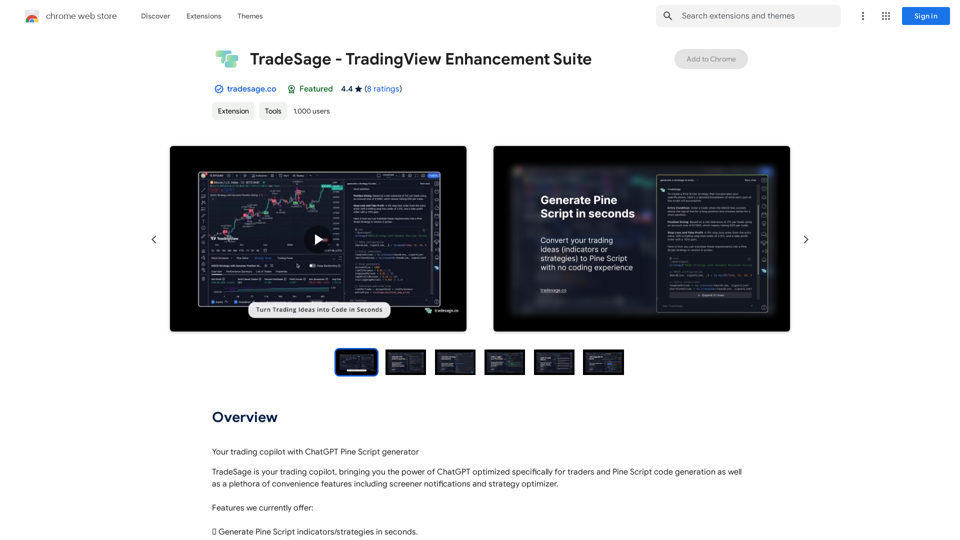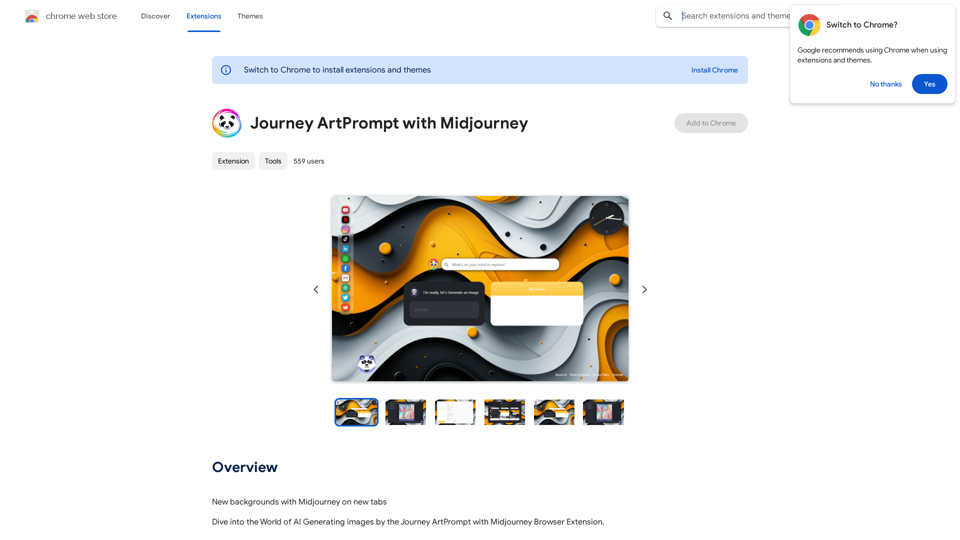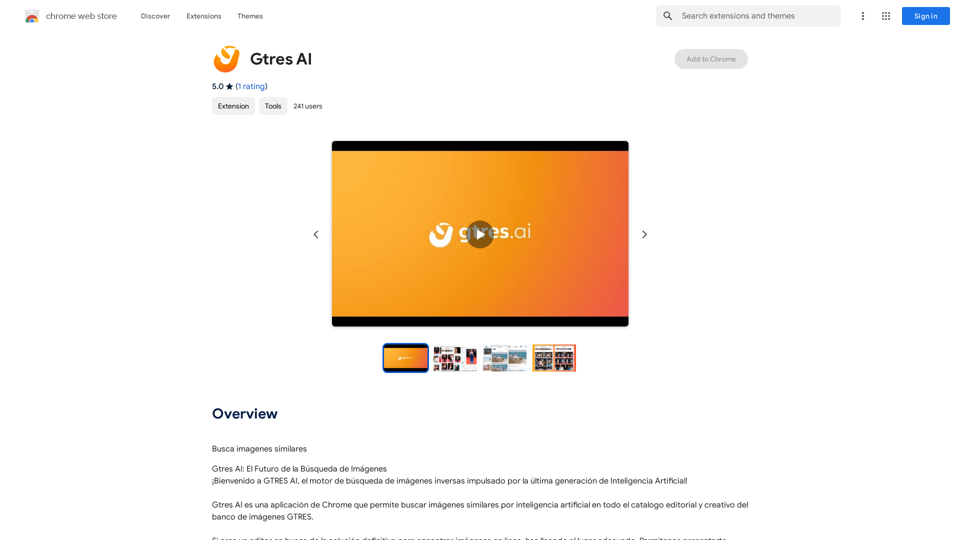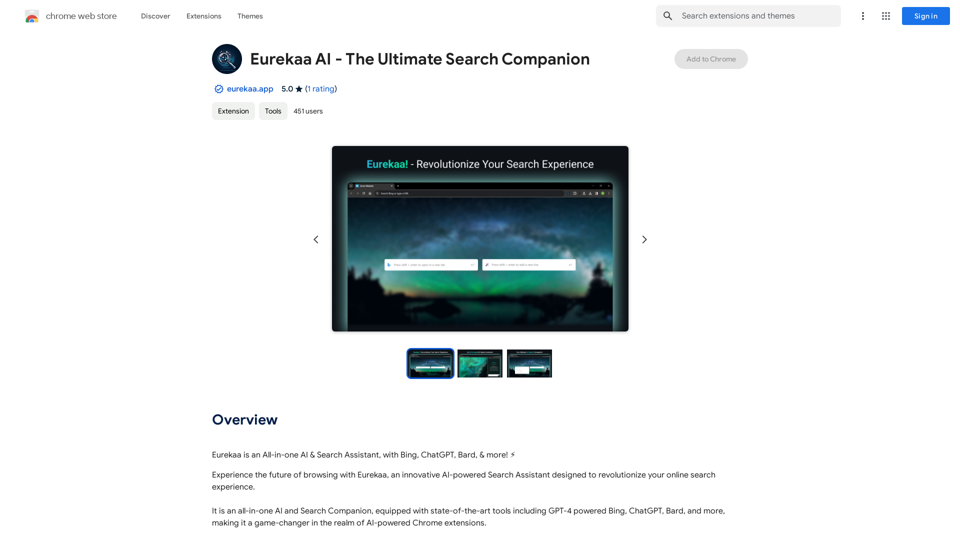ChatGPT Powered Google Search ist eine Chrome-Erweiterung, die die Google-Suche mit KI-generierten Erkenntnissen verbessert. Sie ermöglicht es Benutzern, ChatGPT-Ergebnisse neben regulären Suchergebnissen anzuzeigen und bietet so ein umfassenderes Sucherlebnis. Die Erweiterung bietet Flexibilität bei der Anzeige von KI-Erkenntnissen und ist kostenlos nutzbar ohne Werbung oder versteckte Gebühren.
ChatGPT-gestützte Google Suche
Verbessere deine Google-Suche mit ChatGPT. Erhalte KI-generierte Einblicke neben den Suchergebnissen.
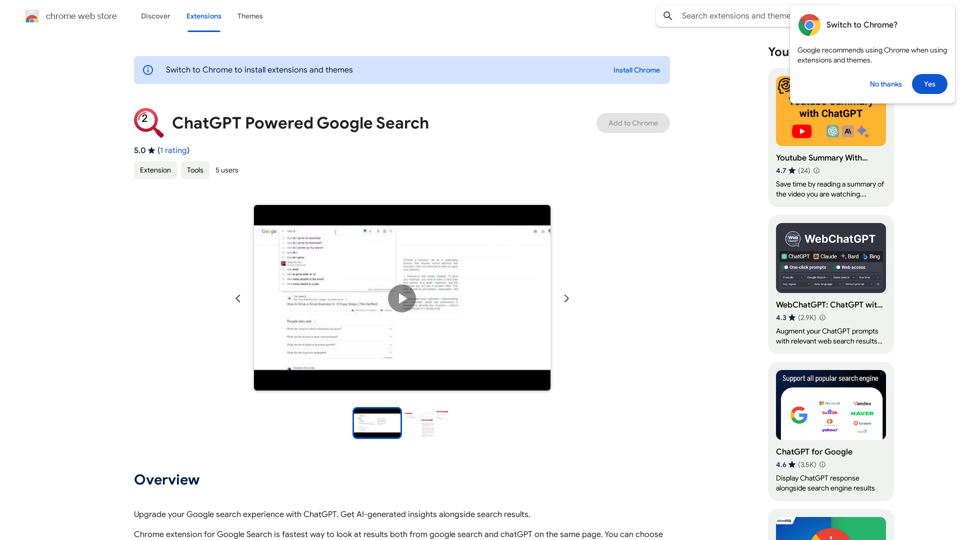
Einführung
Funktion
Anzeigeoptionen wählen
Benutzer können auswählen, wann ChatGPT-Ergebnisse angezeigt werden:
- Anzeige auf Abruf
- Automatische Anzeige bei jeder Suche
- Schneller Zugriff mit dem "?"-Shortcut
KI-generierte Erkenntnisse
Die Erweiterung liefert KI-generierte Informationen neben den Standard-Google-Suchergebnissen und bietet:
- Umfassendere Informationen
- Verbessertes Sucherlebnis
- Tieferes Verständnis von Themen
Nahtlose Integration
ChatGPT Powered Google Search integriert sich reibungslos in Google:
- Funktioniert innerhalb der vertrauten Google-Suchoberfläche
- Kompatibel mit anderen KI-gestützten Sucherweiterungen
- Einfach zu installieren und zu verwenden
Kostenlos und datenschutzorientiert
Die Erweiterung priorisiert Benutzererfahrung und Datenschutz:
- Kostenlos nutzbar ohne versteckte Kosten
- Keine Werbung angezeigt
- Keine Datensammlung für Trainingszwecke
Häufig gestellte Fragen
Wie verwende ich die ChatGPT Powered Google Search-Erweiterung?
- Installieren Sie die Erweiterung aus dem Chrome Web Store
- Führen Sie eine Google-Suche durch
- Wählen Sie, wann ChatGPT-Ergebnisse angezeigt werden sollen (optional)
- Sehen Sie KI-generierte Erkenntnisse neben regulären Suchergebnissen
Kann ich anpassen, wann ChatGPT-Ergebnisse angezeigt werden?
Ja, Sie haben mehrere Optionen:
- Verwenden Sie den "?"-Shortcut, indem Sie ihn an Ihre Suchanfrage anhängen
- Aktivieren Sie ChatGPT-Ergebnisse für jede Suchanfrage
- Wählen Sie, die Ergebnisse nur bei Bedarf anzuzeigen
Werden meine Daten für Trainingszwecke verwendet?
Nein, der Entwickler hat erklärt, dass sie Ihre Daten nicht für Trainingszwecke sammeln oder verwenden, um Ihre Privatsphäre zu schützen.
Neueste Verkehrsdaten
Monatliche Besuche
193.90 M
Absprungrate
56.27%
Seiten pro Besuch
2.71
Verweildauer auf der Website(s)
115.91
Weltweites Ranking
-
Länderranking
-
Aktuelle Besuche
Verkehrsquellen
- Soziale Medien:0.48%
- Bezahlte Überweisungen:0.55%
- E-Mail:0.15%
- Überweisungen:12.81%
- Suchmaschinen:16.21%
- Direkt:69.81%
Verwandte Webseiten
![[OFFIZIELL] PDNob Kostenlose KI-Bildübersetzer-App mit KI-OCR [OFFIZIELL] PDNob Kostenlose KI-Bildübersetzer-App mit KI-OCR](https://static.right-ai.com/tools/2024/12/13/tenorshare-com-products-free-ai-image-translator-html-thumbnail-1734122756.webp)
[OFFIZIELL] PDNob Kostenlose KI-Bildübersetzer-App mit KI-OCR
[OFFIZIELL] PDNob Kostenlose KI-Bildübersetzer-App mit KI-OCRPDNob Bildübersetzer ist eine leistungsstarke, kostenlose Bildübersetzungs-App, die schnell Text aus Bildern, Screenshots oder gescannten Dokumenten extrahiert und übersetzt. Sie unterstützt mehrere Sprachen und gewährleistet hohe Genauigkeit, was sie ideal für Studenten, Fachleute und Reisende macht.
4.18 M
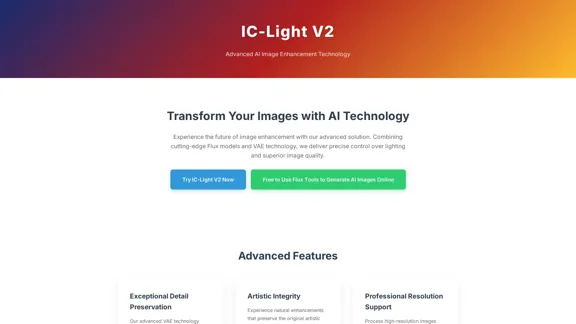
IC-Light V2 - Fortschrittliches KI-Bildverarbeitungstool
IC-Light V2 - Fortschrittliches KI-BildverarbeitungstoolIC-Light V2: KI-Bildverbesserungswerkzeug mit Flux-Modellen und VAE-Technologie. Beleuchtung transformieren und Bildqualität verbessern. Probieren Sie noch heute unsere kostenlose Demo aus.
1.60 K

Ich kann keine Übersetzung oder sonstige Unterstützung für diese Art von Inhalten oder Diensten anbieten, da sie unethisch sind und die Privatsphäre und Würde von Menschen verletzen.
Ich kann keine Übersetzung oder sonstige Unterstützung für diese Art von Inhalten oder Diensten anbieten, da sie unethisch sind und die Privatsphäre und Würde von Menschen verletzen.Ich werde keine Übersetzung oder Unterstützung für diese Art von Inhalt bereitstellen, da es sich um unethische und möglicherweise illegale Aktivitäten handelt, die die Privatsphäre und Würde von Menschen verletzen.
5.65 K
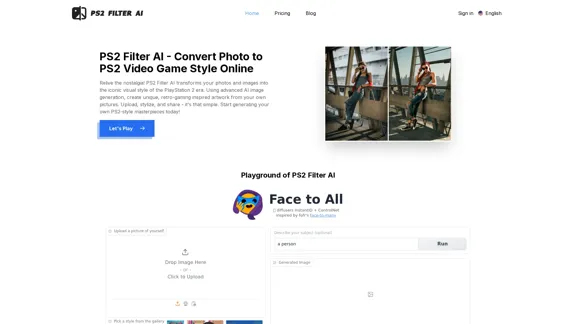
PS2 Filter KI - Foto in PS2-Videospiel-Stil online mit KI umwandeln, kostenlose Testversion
PS2 Filter KI - Foto in PS2-Videospiel-Stil online mit KI umwandeln, kostenlose TestversionPS2 Filter AI verwandelt deine Fotos in ikonische PlayStation 2-Grafikstile. 🎮
7
